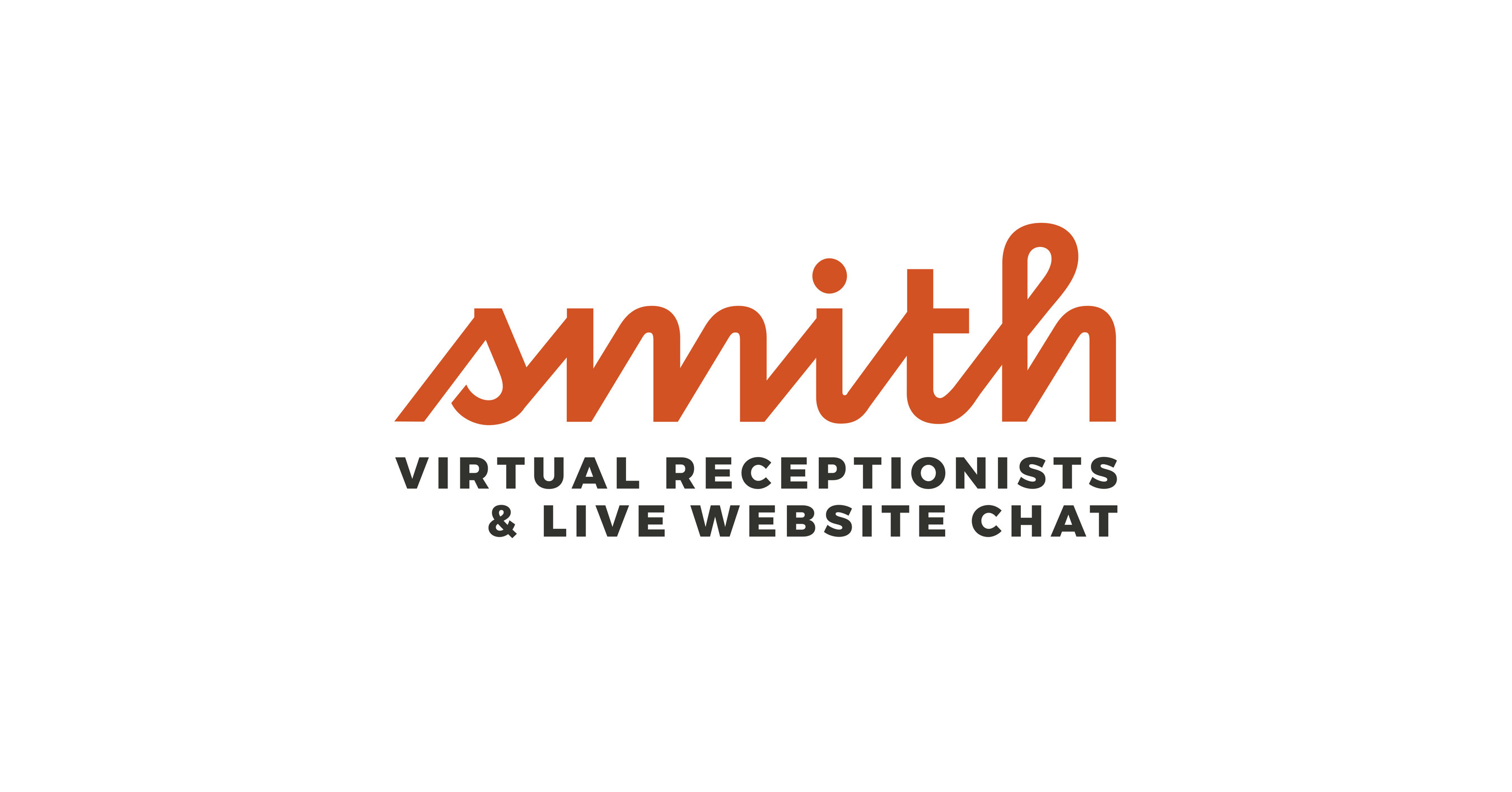
Smith.ai Legal Intake Services: Complete Buyer's Guide
AI-driven client intake automation for law firms
Smith.ai Legal Intake Services is an AI-driven client intake automation platform specifically designed for small to mid-sized law firms seeking to streamline initial client interactions while maintaining professional service standards [83].
Market Position & Maturity
Market Standing
Smith.ai occupies a strategic middle-ground position in the legal intake automation market, positioned between basic chatbot solutions and enterprise-grade AI platforms [116].
Company Maturity
The company demonstrates strong operational maturity through its established customer base and proven integration capabilities with major legal practice management systems [83].
Growth Trajectory
The vendor's growth trajectory appears sustainable, supported by the expanding legal technology market and increasing demand for intake automation solutions [116].
Industry Recognition
Industry recognition comes primarily through customer satisfaction and successful implementations rather than analyst awards or venture funding announcements [194].
Strategic Partnerships
Strategic partnerships with established legal practice management platforms like Clio and MyCase provide market validation and distribution advantages [83].
Longevity Assessment
The vendor's longevity assessment appears positive based on sustainable business model, established customer relationships, and strategic market positioning [116].
Proof of Capabilities
Customer Evidence
Customer implementations provide concrete evidence of Smith.ai's effectiveness across diverse legal practice environments [194].
Quantified Outcomes
A family law firm achieved a 40% reduction in time spent on initial client consultations [194]. A mid-sized law firm reported a 30% increase in client conversion rates within the first year of implementation [116].
Case Study Analysis
Implementation success patterns reveal that organizations achieving the best outcomes share common characteristics: commitment to training, active engagement with vendor support, and realistic timeline expectations [116].
Market Validation
Market validation comes through consistently high customer satisfaction levels, with ratings potentially exceeding 90% [194].
Competitive Wins
Competitive validation emerges through customer retention and expansion within existing accounts, suggesting the platform delivers sustained value beyond initial implementation [83].
Reference Customers
Reference customer evidence includes implementations across multiple practice areas, with documented presence in family law and personal injury practices [83].
AI Technology
Smith.ai's technical foundation centers on natural language processing capabilities designed specifically for legal client interactions [194].
Architecture
The integration architecture represents Smith.ai's primary technical strength, featuring robust connectivity with established legal practice management systems including Clio and MyCase [83].
Primary Competitors
Alternatives like Clio Grow and Law Ruler offer similar core functionality [194].
Competitive Advantages
Smith.ai's primary competitive advantage lies in integration capabilities and customer support focus [194].
Market Positioning
Market positioning context places Smith.ai in the middle ground between basic chatbot solutions and enterprise-grade AI platforms [116].
Win/Loss Scenarios
Win/loss scenarios favor Smith.ai when organizations prioritize ease of integration, proven customer support, and straightforward implementation over advanced AI features or specialized functionality [83].
Key Features

Pros & Cons
Use Cases
Integrations
Featured In Articles
Comprehensive analysis of AI Family Law Intake Bots for Legal/Law Firm AI Tools for Legal/Law Firm AI Tools professionals. Expert evaluation of features, pricing, and implementation.
How We Researched This Guide
About This Guide: This comprehensive analysis is based on extensive competitive intelligence and real-world implementation data from leading AI vendors. StayModern updates this guide quarterly to reflect market developments and vendor performance changes.
38+ verified sources per analysis including official documentation, customer reviews, analyst reports, and industry publications.
- • Vendor documentation & whitepapers
- • Customer testimonials & case studies
- • Third-party analyst assessments
- • Industry benchmarking reports
Standardized assessment framework across 8 key dimensions for objective comparison.
- • Technology capabilities & architecture
- • Market position & customer evidence
- • Implementation experience & support
- • Pricing value & competitive position
Research is refreshed every 90 days to capture market changes and new vendor capabilities.
- • New product releases & features
- • Market positioning changes
- • Customer feedback integration
- • Competitive landscape shifts
Every claim is source-linked with direct citations to original materials for verification.
- • Clickable citation links
- • Original source attribution
- • Date stamps for currency
- • Quality score validation
Analysis follows systematic research protocols with consistent evaluation frameworks.
- • Standardized assessment criteria
- • Multi-source verification process
- • Consistent evaluation methodology
- • Quality assurance protocols
Buyer-focused analysis with transparent methodology and factual accuracy commitment.
- • Objective comparative analysis
- • Transparent research methodology
- • Factual accuracy commitment
- • Continuous quality improvement
Quality Commitment: If you find any inaccuracies in our analysis on this page, please contact us at research@staymodern.ai. We're committed to maintaining the highest standards of research integrity and will investigate and correct any issues promptly.